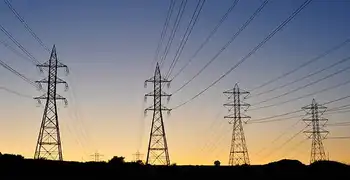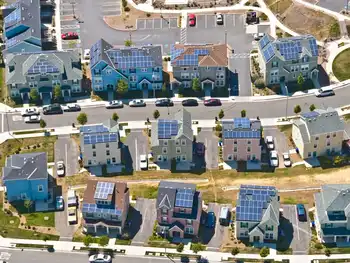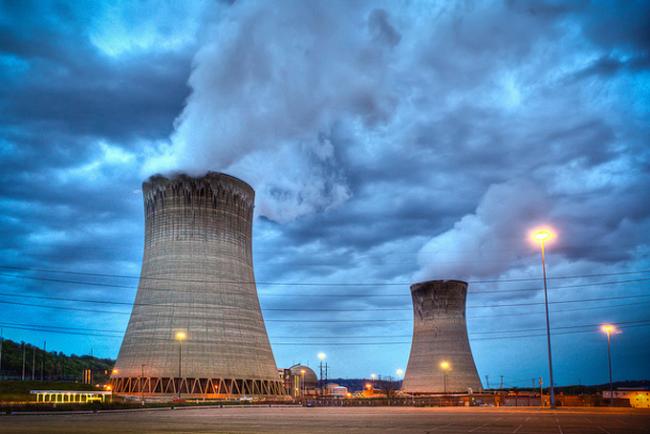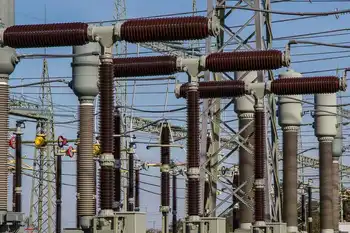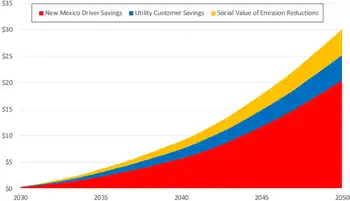Saskatchewan joins Ontario in nuclear renaissance
By Globe and Mail
NFPA 70b Training - Electrical Maintenance
Our customized live online or in‑person group training can be delivered to your staff at your location.

- Live Online
- 12 hours Instructor-led
- Group Training Available
Bruce Power said that it is doing a feasibility study examining options for Saskatchewan to meet its growing electricity needs, including building nuclear reactors to replace the province's pollution-spewing coal-fired plants.
The announcement was made a day after the Ontario government said that it will build two new reactors at the Darlington Nuclear Station east of Toronto as part of its ambitious plan to expand and refurbish its existing fleet.
The nuclear revival comes after a long hiatus - a new reactor has not gone on-line in Ontario since 1992. Nuclear power remains just as controversial today as it was in the 1970s and 1980s, when the province embarked on a nuclear building boom.
At the time, environmentalists worried about inadvertent releases of radiation and the long-term storage of radioactive waste. But those fears are beginning to be overtaken by an appreciation of nuclear power's competitive advantages.
As concern about global warming has become mainstream, critics are reminded that nuclear cooling towers dotting the landscape produce no greenhouse gases.
Proponents argue that nuclear energy must be part of any solution to reduce emissions of greenhouse gases caused by the burning of fossil fuels.
The economic appeal of nuclear power has also risen as prices for natural gas to fuel electricity have soared.
"We're certainly seeing a resurgence in interest and activity in nuclear power around the world and in Canada," said Shane Pospisil, president of the Ontario Energy Association and a former assistant deputy energy minister in the province.
"One of the key drivers here is obviously the direct benefits nuclear power will provide in a carbon-constrained world," Mr. Pospisil said.
Duncan Hawthorne, chief executive officer of Bruce Power, said his company launched the feasibility study because it sees an opportunity to expand its nuclear business into Saskatchewan.
The company operates the Bruce Nuclear Station on Lake Huron in Ontario.
Mr. Hawthorne made the announcement in Saskatoon, where he was joined by two Saskatchewan cabinet members - Enterprise Minister Lyle Stewart and Crown Corporations Minister Ken Cheveldayoff.
"We're coming into a positive environment," Mr. Hawthorne said in an interview. "Many provinces and many parts of the world are now looking to nuclear power to supply their energy needs."
Greenpeace energy campaigner and nuclear opponent Shawn-Patrick Stensil dismissed the feasibility study as Bruce Power looking to cut the same kind of "sweetheart" deal in Western Canada that it has in Ontario, where it is refurbishing reactors for the province. Under that arrangement, electricity consumers are on the hook for a portion of any cost overruns.
Bruce Power is looking to expand somewhere, Mr. Stensil said. "It's watering its wild oats in a way."
But sources in the nuclear industry said Saskatchewan is looking at building two 1,000-megawatt reactors. Bruce Power said it plans to work with SaskPower, the province's electricity utility, to evaluate power demand for the province and to examine what transmission capacity is needed to accommodate new nuclear plants. The company intends to complete its study by the end of the year.
"Saskatchewan is becoming the most nuclear-friendly province," said one industry executive.
The province is already the world's No. 1 producer of uranium, a key ingredient for nuclear plants. One of Bruce Power's shareholders is Saskatchewan-based uranium giant Cameco Corp.
SaskPower currently has a capacity to generate 3,056 megawatts, the bulk of which comes from three coal-fired plants.
Saskatchewan Premier Brad Wall began talking about capitalizing on the province's resource riches shortly after he was elected last November.
"We would like to lead," Mr. Wall told The Globe and Mail earlier this year. "It's time for the country to have a new national vision on nuclear energy - and we want to aggressively pursue that."
Mr. Wall intends to assert the province's financial and economic clout by coming up with a bold plan to combat greenhouse gases just as the western provinces are emerging as a power on their own. The fact that British Columbia, Alberta, Saskatchewan and Manitoba are working together on common interests - and bypassing the federal government - became apparent during a meeting of the premiers from Western Canada last month in Prince Albert, Sask.
Ontario and Quebec, Canada's two most populous provinces, also gave a clear signal, at a historic joint cabinet meeting earlier this month, that they are turning their backs on Ottawa by signing an accord on fighting global warming.





